Hong Kong’s is truly a mixed culture. Not only does the territory celebrate festivals and holidays of the East and the West, such as the Dragon Boat Festival, the Mid-Autumn Festival, the Lunar (Chinese) New Year, Christmas, the Western New Year, and others, but it also enjoys hundreds of annual cultural events ranging from traditional Cantonese and other Chinese regional operas and puppet shows to performances of ballet, theatre, and music and exhibitions of paintings and sculptures by nationally and internationally renowned performers and artists.
Asia World-Arena
1 Airport Expo Blvd, Chek Lap Kok
AsiaWorld-Arena (Hall 1) is a world-class multi-function entertainment venue, and Hong Kong’s largest indoor seated stadium. With a total floor space of 10,880 sqm, the Arena can accommodate up to 14,000 participants, making it ideal for superstar concerts, international conferences and mega events.
The 19m extra-high ceiling and column-free venue design make special performances such as wire-flying, aerial dancing and vertical acrobatics totally possible.
Hong Kong Cultural Centre
10 Salisbury Road, Tsim Sha Tsui, Kowloon
The Hong Kong Cultural Centre is a multipurpose performance facility in Tsim Sha Tsui, Hong Kong. Located at Salisbury Road, it was built by the former Urban Council and, since 2000, has been administered by the Leisure and Cultural Services Department of the Hong Kong Government. A wide variety of cultural performances are held here.
The cultural centre opened with the International Celebration of the Arts, a special programme that ran from 5 November to 6 December and showcased Hong Kong musicians, Kunju opera, Cantonese music, and performances by a range of international artists including the Cologne Opera, the Alban Berg Quartett, Sadao Watanabe, and the first Hong Kong appearance of guitarist John Williams.
Facilities:
- The Concert Hall, with 2,019 seats, is an oval two-tiered auditorium finished with high quality oak, and includes an adjustable acoustic canopy and curtains. It is the home of the Hong Kong Philharmonic Orchestra. It houses an 8,000-pipe pipe organ, the largest in Asia, built by Austrian firm Rieger Orgelbau. It has been recorded by Christopher Herrick on Organ Fireworks VIII.
- The Grand Theatre, with 1,734 seats in three tiers, was designed for large scale opera, ballet, and musicals. The Hong Kong Film Award presentation ceremony also takes place there.
- The Studio Theatre, with 300 to 496 seats depending upon the set-up, can accommodate smaller-scale theatre and performance works.
- Exhibition Gallery
The centre is adjacent to the Star Ferry Pier and the Star Ferry bus terminus served by Kowloon Motor Bus. It is also within walking distance to Tsim Sha Tsui Station and East Tsim Sha Tsui Station, which serve the Tsuen Wan Line and West Rail Line respectively.
Lyric Theatre, The Hong Kong Academy for Performing Arts
1 Gloucester Road, Wan Chai
Facilities:
- Raked floor: Stalls seats divided by two aisles
- Circle and Gallery have continental seating
- Full seating capacity: 1,181 comprising: Stalls 466, Circle 274, Gallery 441
- If small orchestra pit used: 1,143
- If large orchestra pit used: 1,093
Hong Kong City Hall
5 Edinburgh Place Central
Opened in 1962, the Hong Kong City Hall is the first multi-purpose cultural complex ever built for the community of Hong Kong. Occupying an area of 11 000 square metres on the reclaimed seafront of Edinburgh Place, Central, the City Hall was designated as a Grade 1 historic building in 2009. Its major facilities, including a Concert Hall renowned for its outstanding acoustics, a Theatre well-received by professional theatre groups, as well as an Exhibition Hall capturing view of the Victoria Harbour, are housed in the Low Block.
Reputed as one of the most prominent local arts and cultural venues, the Hong Kong City Hall embodies the history of important cultural events and is synonymous with the local cultural development. Milestone events, such as the early Festival of Hong Kong, the first Hong Kong Arts Festival (1973), the first Festival of Asian Arts (1976), the first Hong Kong International Film Festival (1977) and the first International Arts Carnival (1982), all had their inaugurations at the Hong Kong City Hall. Its significant role in promoting arts and cultural exchanges is indeed the pride of Hong Kong people.
Over the past 50 years, the Hong Kong City Hall has stood by the people of Hong Kong through thick and thin. It not only offers a stage for artists to display their talent, but also forms part of our collective memories. In the years to come, it will continue to serve as a source of inspiration for artists and contribute to the continual and multi-faceted development of the arts in Hong Kong.
Concert Hall
Though constructed in the 1960s, the Concert Hall was meticulously designed to achieve the best soundproof result. The maximum seating capacity is 1 430, with a choir stall which can accommodate up to 60 singers. The stage in Concert Mode is suitable for performances of symphony, chamber, recital, jazz and chorus. While in Theatre Mode, the stage is also ideal for other performing art forms, such as dance, drama, opera and Chinese opera.
Theatre
The 463-seat Theatre is ideal for stage productions of a smaller scale. Its unique design enables an easy interflow between performers and audience. Whilst it has established itself as a leading venue for theatre performances, it is equally demanded for presentation of music programmes. The special design of Theatre also satisfies film showing.
Yuen Long Theatre Auditorium
9 Yuen Long Tai Yuk Rd, Yuen Long
Yuen Long Theatre is a performing arts venue in Hong Kong. It was opened on 14 May 2000.
The main performance venue seats 923. Equipped with excellent sound, lighting systems and many other advanced theatrical facilities, which include 24 remote-controlled motorised drapes, a flying system which comprises more than a hundred of motorised and manual cross stage hoists, an adjustable forestage, 2-in-1 convertible orchestra shell with a film projection screen. The Theatre is suitable for a variety of programmes, from concert, operatic performance, drama, dance, film show to ceremony and seminar.
Tuen Mun Town Hall Auditorium
3 Tuen Hi Road, Tuen Mun
The Auditorium, versatile for different types of performances and with a seating capacity of 1368 audiences, is the pride of the Town Hall. It has a stage area of 323 square metres measuring 19 metres in width, 17 metres in depth and 9.5 metres in height. With the two wings each offering an area of approximately 300 square metres, the stage layout is convertible and can effectively cater for different production requirements. Other main features include adjustable sound enclosures to fit orchestras of different sizes.
For proscenium performances, the stage is equipped with a flying system for the putting up of scene curtains, sufficient for large scale production. The stage is designed for easy conversion from a concert layout to a proscenium layout for technical performances and vice versa. It is an ideal venue for professional performances as well as school and community activities.
The Auditorium is furnished with an advanced computerized lighting system and professional sound system. The backstage area is equipped with six single and seven communal dressing rooms.
The state-of-the-art fixture and equipment of the Auditorium guarantee superb audio-visual enjoyment for cultural programmes. With the magnificent stage and a large seating capacity, it is also an ideal venue for holding large-scale gatherings and graduation ceremonies.
Ko Shan Theatre
77 Ko Shan Road, Hung Hom, Kowloon
Ko Shan Theatre
The Ko Shan Theatre was first opened in 1983 and designed as a 3,000-seat semi-open air theatre. Because of the semi-open design, the former venue suffered from inclement weather and noise problems. After an improvement project approved in 1994, the refurbished Ko Shan Theatre was re-opened in October 1996.
The former amphitheatre was demolished and rebuilt with an air-conditioned foyer block housing rehearsal facilities, committee room, exhibition facilities and URBTIX box office. The renovation aimed at providing better facilities for a wide range of public and private activities, which can intermix for the benefit of the community.
Ko Shan Theatre New Wing
Opened on 31 October 2014, the 5-storey Ko Shan Theatre New Wing comprises an 596-seat auditorium, an exhibition gallery, a function room, rehearsal rooms and singing practice rooms. It is also equipped with a green roof, a car park basement, a specialist store for Cantonese and Chinese opera products.
The design and layout of Ko Shan Theatre are dedicated for Cantonese opera performances, including spacious leg room between seats inside auditorium to facilitate easy access by the elderly, adequate space for costume trunks at the backstage. Most dressing rooms are on the same floor of the stage, dressing rooms and rehearsal rooms equipped with extra-high doors and great ceiling height etc.
The 600-seat auditorium at the New Wing together with the existing 1 031-seat theatre will further enhance the Ko Shan Theatre’s function as a dedicated venue for Cantonese opera with the provision of ancillary facilities for performance, rehearsals and training by established and budding Cantonese opera artists. While the New Wing is a dedicated venue for Cantonese opera with priority venue hiring policy for Cantonese opera performances, it will also be open to other arts and community event, creating an alternative platform for a variety of cultural activities for the local community and Hong Kong as a whole.
Sheung Wan Civic Centre
345 Queen's Road Central
Sheung Wan Civic Centre is situated on the fourth to the seventh floors of the Sheung Wan Municipal Services Building. It can be reached by various forms of public transport, which includes mini bus and bus. The MTR Sheung Wan Station is also within short walking distance. Since its opening in December 1988, the Centre's diversified facilities are available for hire by the public for organising cultural activities and other events.
Sha Tin Town Hall
1 Yuen Wo Road, Sha Tin
Recognised as one of the Hong Kong's finest performing arts venues, Sha Tin Town Hall is also the heart of culture in the east of the New Territories. It is a well designed complex with integrated facilities giving people opportunities to enjoy culture and arts in relaxing surroundings. Whether for dance, drama and music activities, or for exhibitions and conferences, the Town Hall provides a complete range of performance and exhibition venues. It comprises three major facilities: 1372-seat Auditorium, 300-seat Cultural Activities Hall, 378m² Exhibition Gallery and other minor and ancillary facilities. Since its opening in January 1987, it has come to symbolize the department's commitment in the arts, its support for local arts and culture, and its regard to the cultural enrichment of the community.
The Sha Tin Town Hall is a convenient and well-equipped performance venue for the public to enjoy arts and culture, thanks to its geographical edge and a series of facility upgrades and improvements. It has also been working closely with venue partners, arts groups as well as local and overseas artists to present a wide array of cultural programmes, thereby establishing a reputation for programme diversity.
The Auditorium is reputed for its excellent facilities such as unobstructed audience sightlines, warm ambience and sophisticated technical capabilities for a wide range of performances. The stage is designed for easy conversion from a concert layout to a proscenium layout for theatrical performances and vice versa. It is an ideal venue for professional performances as well as school and community activities.
The Box, Freespace
Cultural District, West Kowloon, No. 18 Museum Dr, Tsim Sha Tsui
Freespace – Hong Kong’s new centre for contemporary performance in the heart of the West Kowloon Art Park – presents multi-genre performances and events, produces boundary-pushing collaborations, and promotes new ways of seeing and experiencing performance.
Partnering with emerging and established artists from Hong Kong and around the world, we nurture diverse creative voices and bring works that challenge and redefine the role of performing arts for our age.
Join for bold new performance experiences at The Box black box theatre, Livehouse live music bar, intimate creation spaces The Room and The Studio, and outside on the Art Park lawns.
Kwai Tsing Theatre
12 Hing Ning Road, Kwai Chung
The opening of Kwai Tsing Theatre in November 1999 is a milestone in the performing arts development of Hong Kong. Over the past twenty years, the Theatre has provided quality support to numerous local and visiting stage productions to the spectacular enjoyment of its audience.
The Theatre’s 899-seat Auditorium is equipped to cater for all types of performances. The Black Box Theatre, accommodating from 130 to 160 theatre-goers, is the first of its kind among the Leisure and Cultural Services Department performing arts facilities designed to meet the growing demand of small-scale and experimental productions. Other facilities to suit the needs of different arts activities include a Lecture Room, a Dance Studio and a Rehearsal Room while the 5 000-square-metre Plaza offers the breathing space for the busy city life.
On top of its diversified facilies, Kwai Tsing Theatre prides itself on its prime location and excellent transport connection. It is an ideal venue for productions of different scales and will continue to play a key role for local cultural events.
Queen Elizabeth Stadium
18 Oi Kwan Road, Wan Chai
Opened in 1980, the Queen Elizabeth Stadium (the "Stadium") is Hong Kong's premier multi-purpose venue located in the heart of Wan Chai that provides the public with a chance to view and participate in sports, recreation and culture, all under the same roof.
Apart from a 3500-seat arena, the Stadium houses a reception lobby, a VIP lounge, a multi-purpose hall, two function rooms, four committee rooms, three squash courts and a table-tennis playing area. Anyone pursuing an active lifestyle will find something to stretch his mind and body within these grounds.
With a seating capacity of 3500 and professional facilities, the arena is a perfect venue for holding cultural and entertainment programmes, sports events, conventions and ceremonies of any scale or nature.
The Stadium has played a decisive role in fostering spectator and participation sports in the territory. With a floor size of 580 sq m and equipped with lighting and scoring systems of international standard, the arena can be overlaid with wooden flooring or rubberized roll-outs for holding spectator events.
The highly flexible structure of tiered seating and retractable stand can also be transformed into adjustable stage configurations for classical concerts, entertainment shows, dance performances, theatrical productions, variety shows, conventions and ceremonial events. The close proximity between the stage and the spectator grandstand encourages rapport between performers and audience, creating a cosy ambience ideal for family entertainment and interactive events.
Tai Kwun Prison Yard
10 Hollywood Road
Tai Kwun, or the Former Central Police Station Compound (CPS Compound) includes three declared monuments in Central, Hong Kong: the former Central Police Station, the Former Central Magistracy, and the Victoria Prison. Surrounded by Hollywood Road, Arbuthnot Road, Chancery Lane and Old Bailey Street, the compound underwent a heritage revitalisation and reopened to the public on 29 May 2018 as "Tai Kwun" a centre for heritage and arts.
Tai Kwun is Hong Kong’s beating cultural heart, enabled by The Hong Kong Jockey Club (HKJC) in partnership with the Hong Kong SAR Government. A vibrant, welcoming space that brings people together, Tai Kwun is committed to inspiring the community through arts, culture and heritage. Located in the heart of Central, Hong Kong, Tai Kwun brings creative energy into our city by providing the people of Hong Kong with access to a variety of immersive, world-class experiences. It is open for all members of our community to enjoy, nurturing appreciation for arts, heritage and culture.
Tai Kwun supports youth in our community with the skills and development opportunities needed to thrive in the creative industries. Together with HKJC, Tai Kwun aspires to contribute to a culturally vibrant Hong Kong, amplifying the city’s role as a thriving arts and cultural hub in the region and the global arena.
The relationship between HKJC and Tai Kwun continues HKJC’s longstanding role as a supporter of the city’s iconic arts and cultural institutions, which aligns with HKJC’s purpose of acting continuously for the betterment of our society. HKJC funded the revitalisation and continues to fund the ongoing operation of Tai Kwun, which consist of three Declared Monuments – the former Central Police Station, Central Magistracy and Victoria Prison – transforming the historic site into an accessible world-class centre for arts, culture and heritage. In 2019, Tai Kwun received the Award of Excellence in the 2019 UNESCO Asia-Pacific Awards for Cultural Heritage Conservation.
Sunbeam Theatre
423 King’s Road, North Point
For nearly five decades, Sunbeam Theatre in North Point has been synonymous with Cantonese opera in Hong Kong, playing an important role in our city’s cultural history. This vintage theatre is designed specifically for Cantonese opera performances, with a grand auditorium that holds 1,044 seats, and a mini stage with 340 seats.
Shows usually run for five days a week from 7.30 pm, with occasional matinees held at 1 pm or 1:30 pm. Sunbeam Theatre also houses a cinema that stages classic and new-release films from Hong Kong, mainland China, and Japan.
Xiqu Centre
88 Austin Road West, Tsim Sha Tsui, Kowloon
A world-class performance venue promoting Chinese traditional theatre, Cantonese opera and regional forms of xiqu.
Established with the goal of preserving, promoting and developing the heritage art of Chinese opera, the Xiqu Centre presents performances from Hong Kong, mainland China and around the world. Catering for seasoned fans and newcomers alike, we showcase award-winning troupes, master artists and emerging talent, and offer large-scale classic dramas, rare regional productions and experimental contemporary creations. The Xiqu Centre also presents a specially-curated introduction to Cantonese opera, Magic Tea House 2.0 – Dream of the Future, performed by our resident troupe of emerging local artists the Tea House Rising Stars Troupe, as well as film screenings, music performances and a range of related educational activities.
The open public atrium provides a stage for free concerts and exhibitions and a cool, calm space to relax and escape the heat of the sun. You can also enjoy gourmet food and drinks at a selection of restaurants and cafes, and browse xiqu-related items in our gift shop.
Located on the eastern side of the West Kowloon Cultural District, the Xiqu Centre is easy to access. Its state of the art facilities include the large Grand Theatre, the intimate Tea House Theatre, four professional rehearsal rooms and a lecture hall.
The Xiqu Centre’s striking design, created by Revery Architecture (formerly Bing Thom Architects) and Ronald Lu & Partners, blends elements of traditional and contemporary Chinese architecture to reflect the evolving nature of the art of Chinese opera.
Designed to meet recognised sustainability standards and reduce energy consumption, the Xiqu Centre was awarded a Gold rating by Hong Kong’s internationally recognised Building Environmental Assessment Method (BEAM) in 2019.
Grand Theatre
A world-class venue showcasing high-quality traditional and contemporary xiqu performances by artists from Hong Kong, mainland China and the region. Tailor-made for professional xiqu presentations and fitted with state-of-the-art lighting and sound equipment, the theatre has a seating capacity of 1,000 plus.
Tea House Theatre
Designed to recreate the intimate atmosphere of a traditional tea house, the Tea House Theatre offers flexible table and chair seating arrangements in stall and balcony areas and is suitable for small-scale performances of regional xiqu genres or traditional music. It is the venue for the regular programme Magic Tea House, an introduction to Cantonese opera presented by the Tea House Rising Stars Troupe (special performances for tour groups and student groups available on request). It also hosts student matinees designed to help secondary school students learn about Chinese culture and the art of xiqu in a fun and informative way. Seating capacity up to 200.
West Kowloon Bamboo Theatre
West Kowloon Cultural District, West Kowloon Waterfront Promenade
West Kowloon Bamboo Theatre is one of the flagship programmes of the West Kowloon Cultural District Authority (WKCDA). The West Kowloon Bamboo Theatre has been held since 2012 by the WKCDA which aims to promote Cantonese opera and the West Kowloon Cultural District (WKCD). Due to its popularity, the WKCDA continues to organise the West Kowloon Bamboo Theatre annually after 2012. Starting from 2013, apart from Cantonese opera, the theatre also provides performances of modern music and Chinese dance. There was a New Year Fair being provided as well.
Since 2012, a temporary bamboo theatre, covering 1,800 square metres, has been set up by the WKCDA during the Chinese New Year for the performances. It is located at the West Kowloon Waterfront Promenade in the WKCD.
During the celebration, various types of Chinese operas such as Kunqu and Jingkunqu are performed. Famous artists are invited to participate in performances. The cinema shows classical Chinese films, mainly about Chinese opera songs.
Tsing Yi Bamboo Theatre
Tsing Yi Athletic Association Soccer Pitch
Tsing Yi Bamboo Theatre is an annual large-scale traditional Cantonese festival held in Hong Kong with a temporary built theatre which made with bamboos. It is located in Fung Shue Wo Road Football Field, which is next to Municipal Service Building in Tsing Yi, Hong Kong. It is for the celebration of Zhen Jun (The True Lord) and Tin Hau (The Empress of Heaven).
Youth Square – Y Theatre
Youth Square
Y Theatre is a traditional proscenium theatre designed and equipped for staging Drama, Dance, Musicals, and Musical Performances. It can also be used for Opera, Film and Variety Performances. In addition, the stage can be used for acoustic shell layout. Seating 643 in total, these are disposed with 449 in the stalls level (including 4 wheelchair seats), 94 in the balcony level (including 2 wheelchair seats). Seating start at row A, and 109 seats of stalls level row A to row E will be lost for setting the orchestra pit. Production desk can be set on stalls level row Q & R center to accommodate control panel and related production needs.
Ngau Chi Wan Civic Centre - Cultural Activities Hall
11 Clear Water Bay Road
The Ngau Chi Wan Civic Centre, conveniently located in the heart of East Kowloon, has offered quality and diversified facilities for wide range of cultural activities and other events since its opening on 23 April 1987. With the mission of enriching the lives of the community by providing more professional services and advanced facilities, the Centre has undergone a major improvement in 2002. In early 2004, the Exhibition Hall was also converted to a multi-purpose Cultural Activities Hall to suit the needs of the community.
On top of the Theatre and Cultural Activities Hall, the Centre has ancillary facilities such as Lecture Room, Art Studios, Dance Practice Room and Music Practice Room. With its optimal location, newly renovated facilities and our professional and customer-focused services, you will have everything you need to make your event/function a complete success.
Cultural Activities Hall suitable for experimental drama, small-scale performance, visual / academic / commercial exhibition, conference, reception.
The Sanctuary, Methodist International Church
9/F, Wesleyan House 271 Queen's Road EastWan Chai
Tsuen Wan Town Hall - Auditorium
72 Tai Ho Road, Tsuen Wan
Since its opening, the Auditorium has been noted for its excellent acoustics, thanks to the ingenious design of the acoustic system that maintains a high fidelity and produces a natural sound effect. Many world-renowned orchestras, choirs and instrumental players have given their performances here. The Auditorium is equipped with sophisticated sound and lighting facilities as well as an adjustable stage to suit different functions such as concerts, recitals, Chinese operas, dramas, dances, variety shows, seminars, films and recordings.
Kowloonbay International Trade & Exhibition Centre (KITEC) - Star Hall
1 Trademart Drive, Kowloon Bay
The Kowloonbay International Trade & Exhibition Centre (KITEC, formerly known as the Hong Kong International Trade and Exhibition Centre or HITEC), is an exhibition centre, shopping mall and performance venue situated at 1 Trademart Drive, Kowloon Bay, Kowloon, Hong Kong. It was developed by Hopewell Holdings Ltd.
Star Hall is the performance venue inside KITEC. It can accommodate audiences of 3,600 people. It is a popular venue for concerts. The 4-storey Star Hall measuring 2,800 m2 (30,000 sq ft) offers column-free space.
Shouson Theater
2 Harbour Road, Wan Chai
Shouson Theatre is the largest venue in HKAC with capacity 394 seats. The proscenium theatre offers superb views from every seat, which audiences can enjoy an intimate theatrical experience. It is primarily used for concert, drama and dance performances, but also ideal for film screenings and seminars.


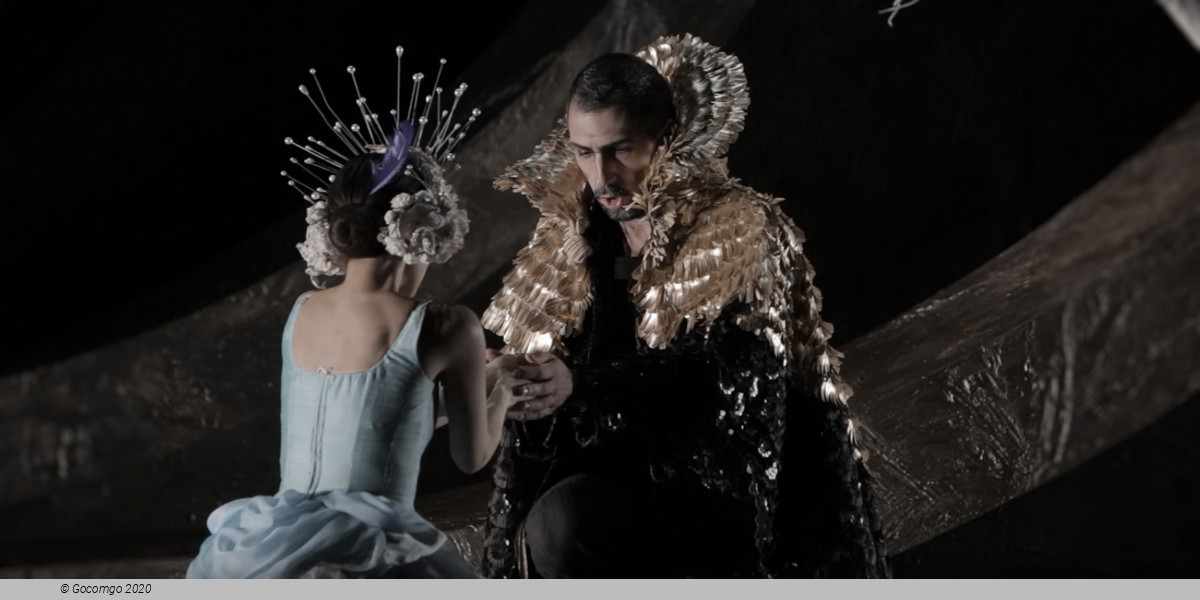
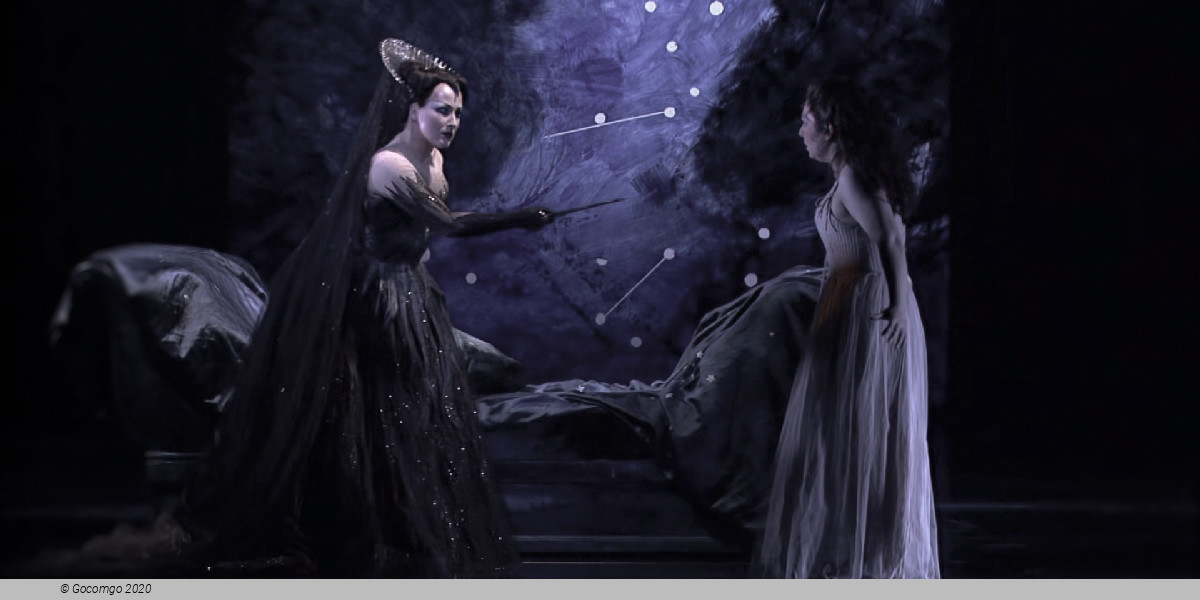


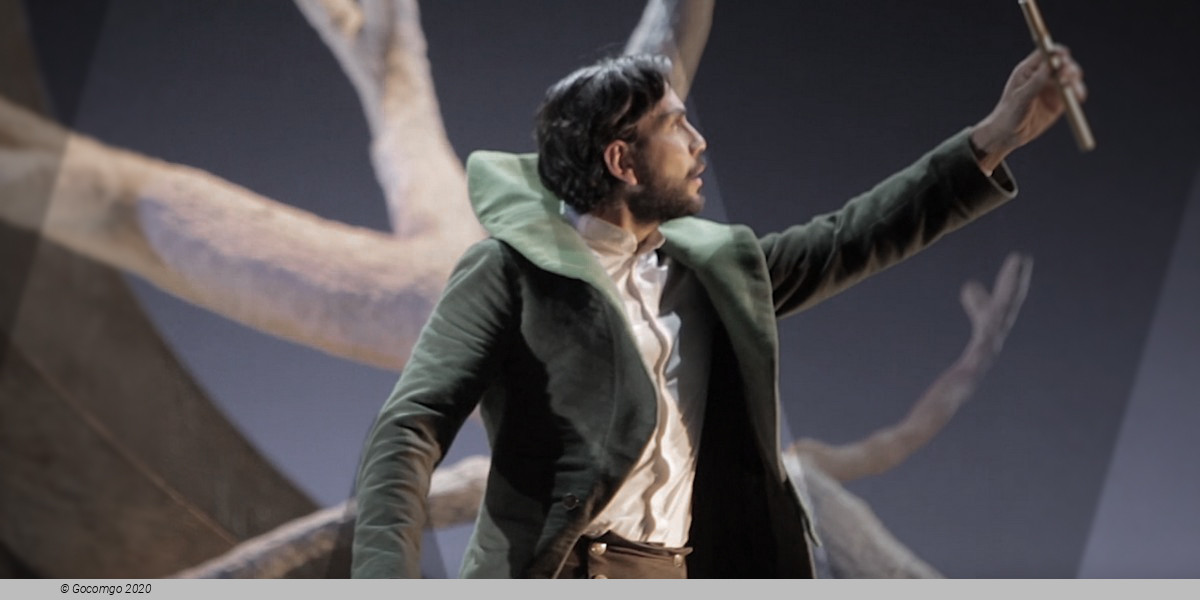
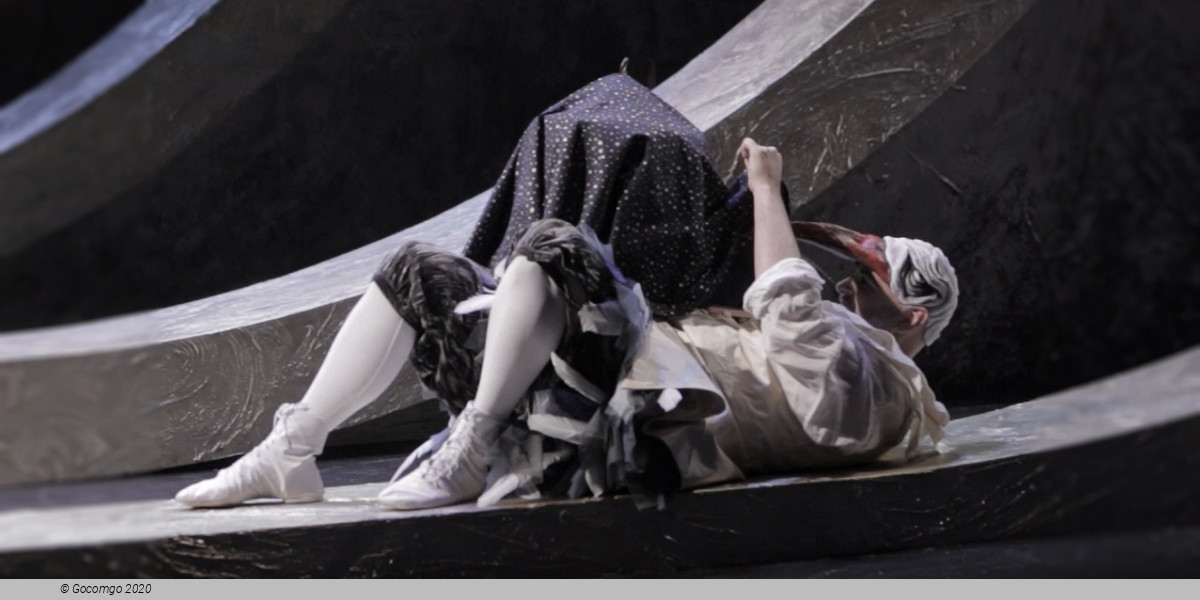

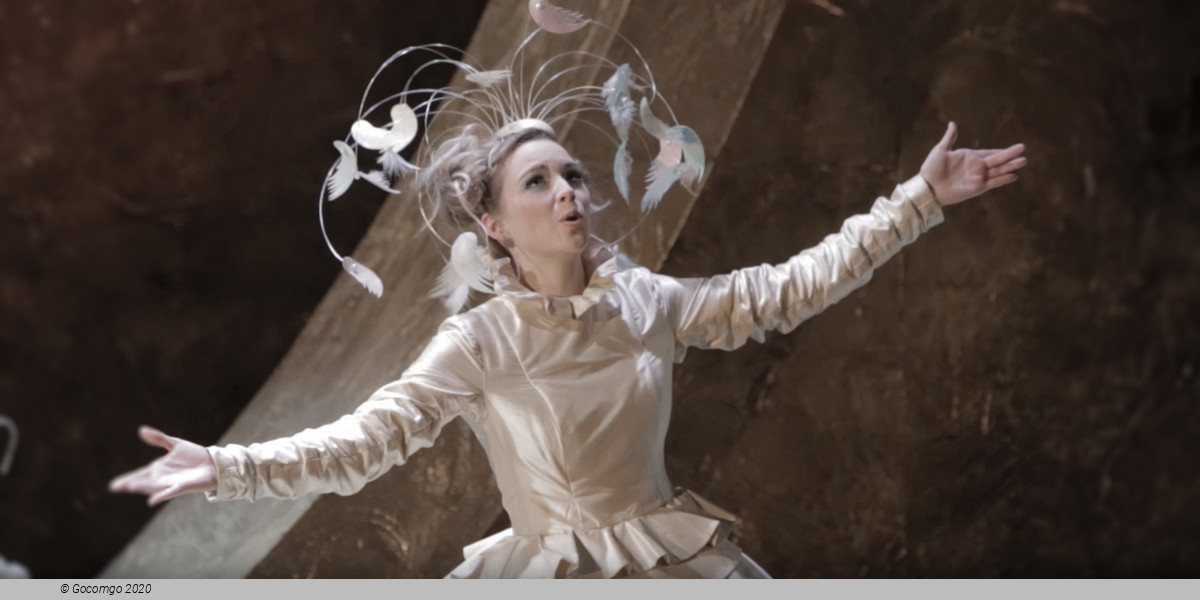
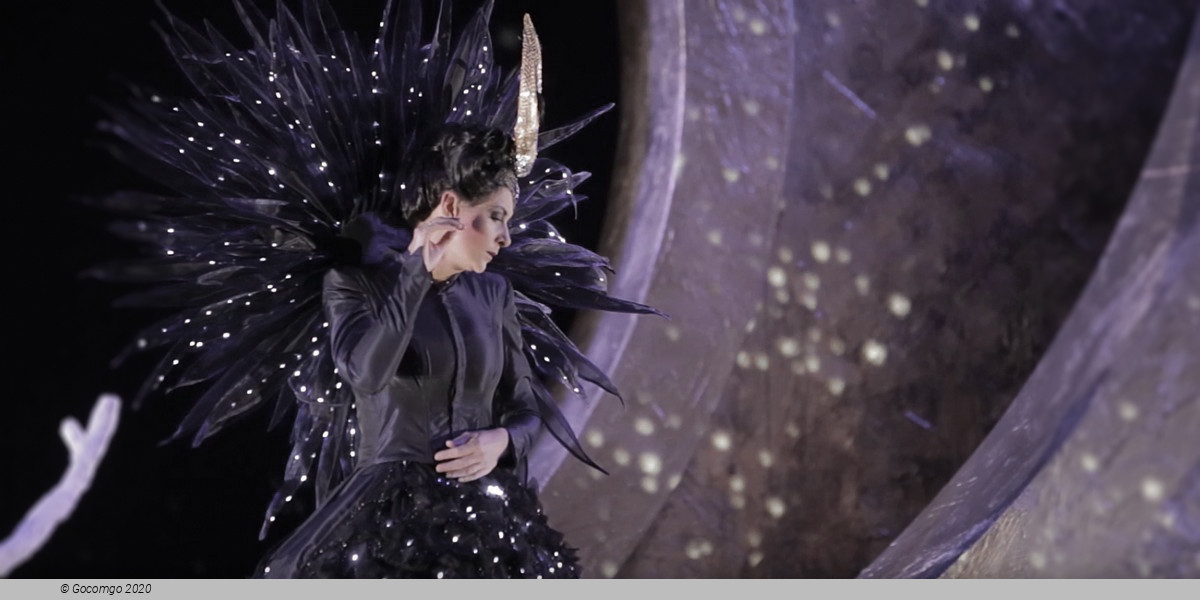
 Hong Kong
Hong Kong